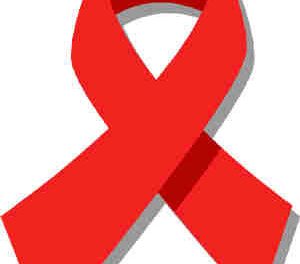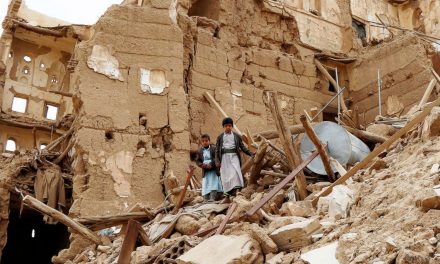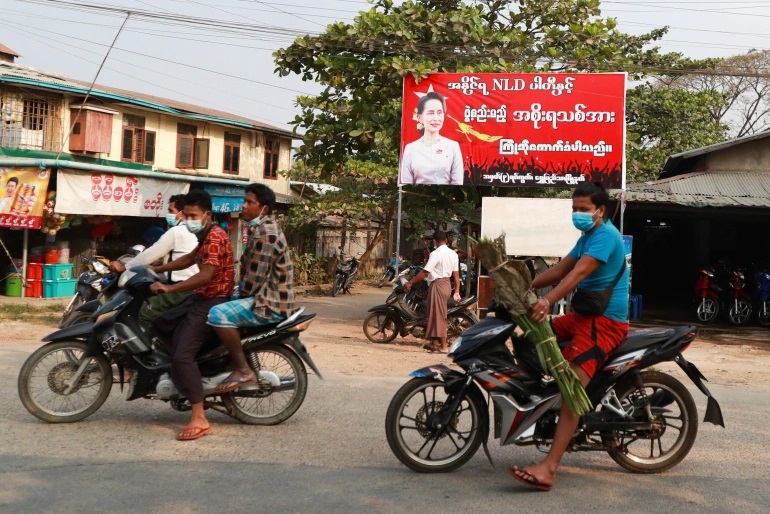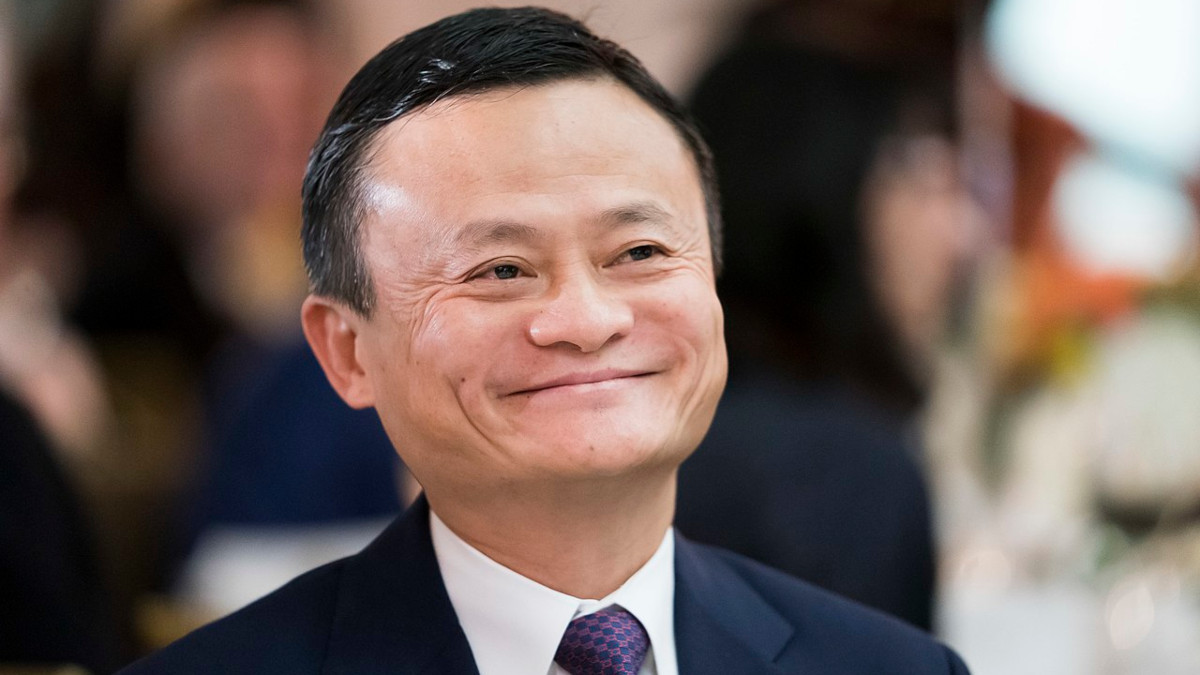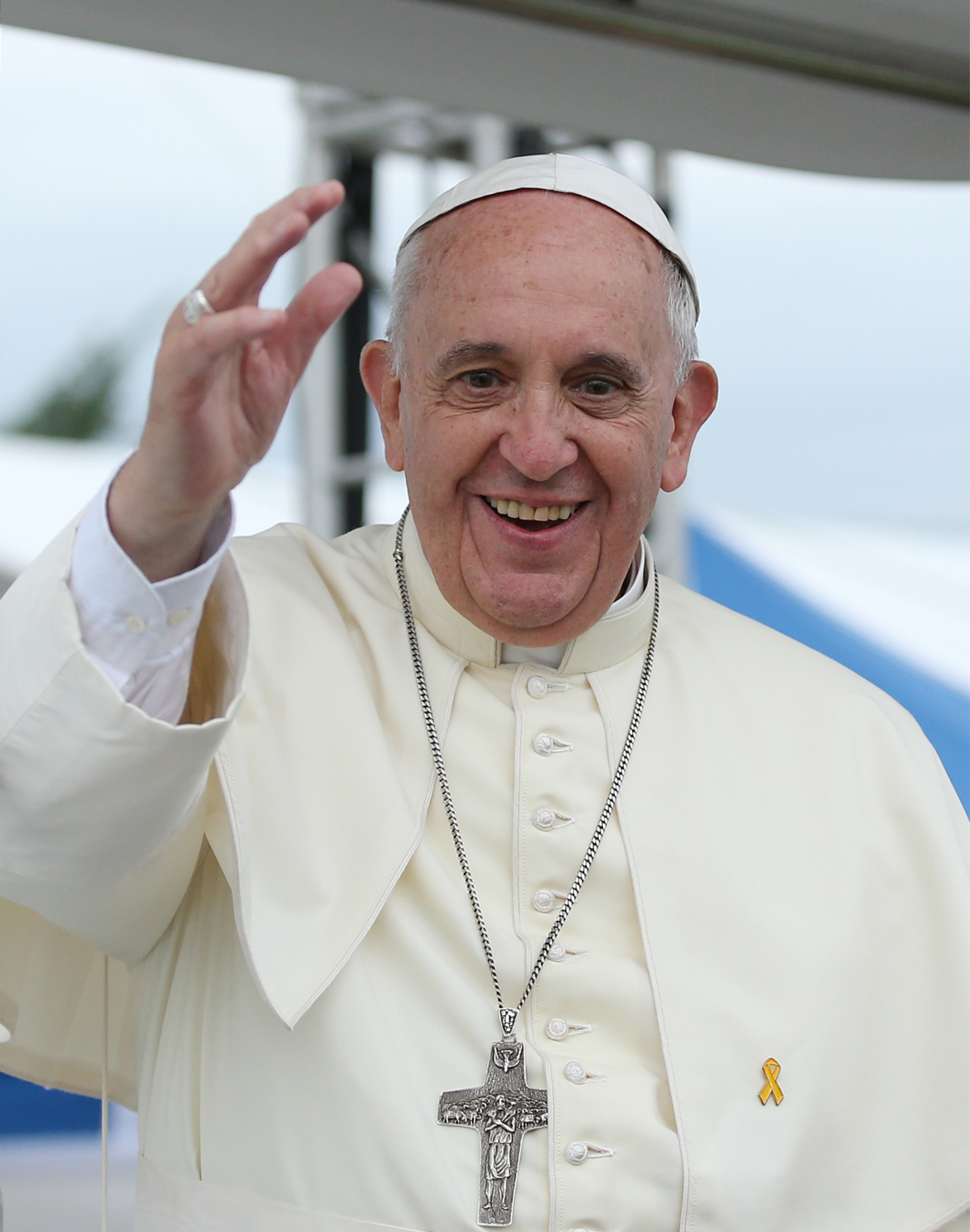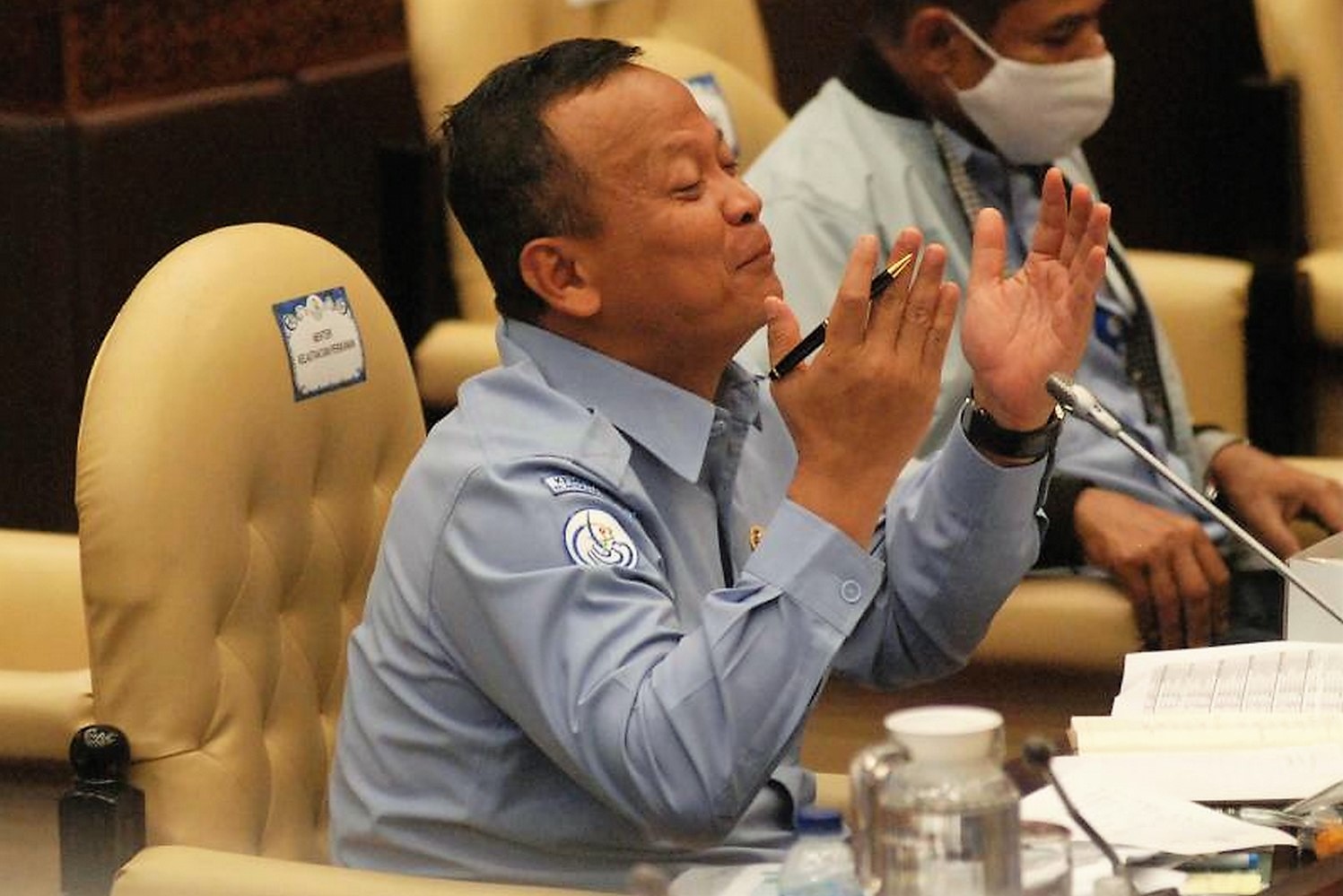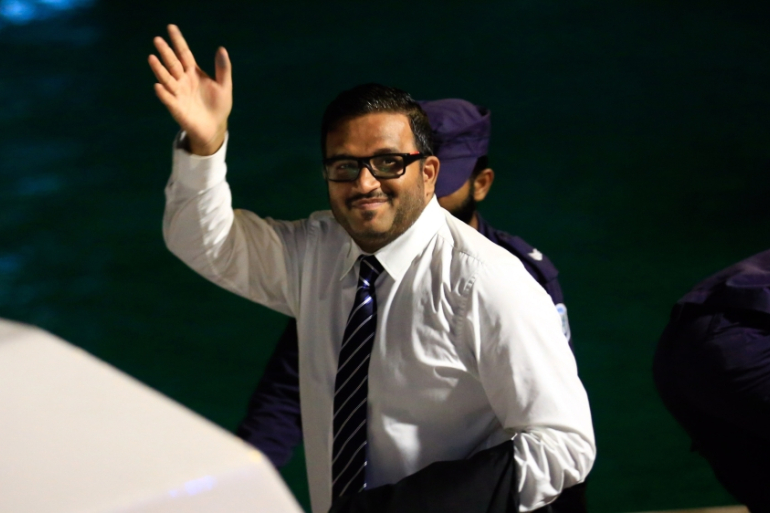
Hosni Mubarak
3 June 2012. By nightfall, a large crowd of up to 10,000 was back in Cairo’s Tahrir Square, the birthplace of the uprising, to vent anger over the acquittals. Similar protests went on in the Mediterranean port city of Alexandria and Suez on the Red Sea.
“Justice was not served,” said Ramadan Ahmed, whose son was killed on Jan. 28, the bloodiest day of last year’s uprising. “This is a sham,” he said outside the courthouse.
The case against Mubarak, his sons, and top aides was very limited in scope, focusing only on the uprising’s first few days and two narrow corruption cases. It was never going to provide a full accountability of wrongdoing under Mubarak’s three decades of authoritarian rule.
Mubarak, 84, and his ex-security chief Habib el-Adly were both convicted of complicity in the killings of some 900 protesters and received life sentences. Six top police commanders were acquitted of the same charge with chief Judge Ahmed Rifaat saying there was a lack of concrete evidence.
That absolved the only other representatives of Mubarak’s hated security forces aside from el-Adly. It was a stark reminder that though the head has been removed, the body of the reviled security apparatus is largely untouched by genuine reform or purges since Mubarak was ousted 15 months ago.
Here is a video on the chaos as Mubarak sentenced to life in prison and sons acquitted.
[[{“type”:”media”,”view_mode”:”media_large”,”fid”:”4″,”attributes”:{“class”:”media-image”,”typeof”:”foaf:Image”,”height”:”360″,”width”:”640″,”style”:””}}]]
Here is a Profile of ousted Egyptian leader Hosni Mubarak
[[{“type”:”media”,”view_mode”:”media_large”,”fid”:”4″,”attributes”:{“class”:”media-image”,”typeof”:”foaf:Image”,”height”:”360″,”width”:”640″,”style”:””}}]]



